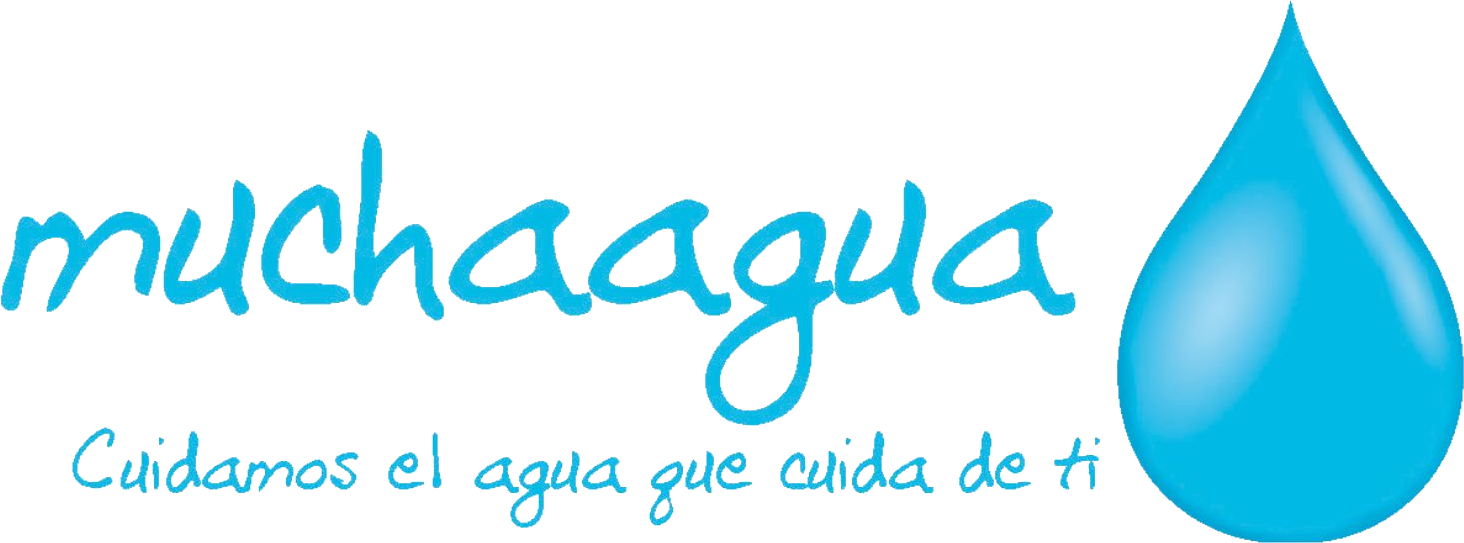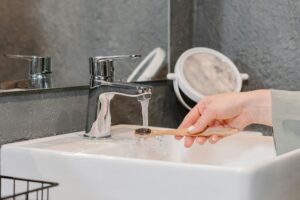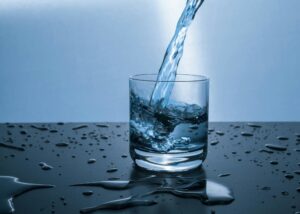In a world where access to clean and safe drinking water is essential, direct flow reverse osmosis systems have become a revolutionary solution for both homes and industry. This system offers efficient water purification, producing large quantities of osmotized water in real time without the need for a storage tank. Below, we’ll explore how osmosis works, the benefits of direct flow systems, and why it’s the best option for getting pure water at home.
What is Osmosis and How Does It Work?
Osmosis is a natural process in which a solvent, such as water, moves through a semipermeable membrane from a less concentrated solution to a more concentrated one. This movement occurs until both solutions reach equilibrium. In water purification, reverse osmosis applies this principle in a controlled way to remove impurities, salts, and other contaminants from water.
In reverse osmosis systems, water passes through a series of filters and a membrane that retains unwanted particles, allowing only purified water to pass through. Direct flow reverse osmosis systems optimize this process by producing purified water in real time without storage, offering a more compact and efficient solution.
Advantages of Direct Flow Reverse Osmosis Systems
Direct flow reverse osmosis systems offer many advantages over traditional reverse osmosis systems. Among the most important benefits are:
- Real-time water production: No need for a storage tank, reducing the risk of contamination and saving installation space.
- Higher membrane efficiency: These systems can produce between 500 and 1000 gallons of water per day, far more than traditional systems that produce between 30 and 70 gallons daily.
- Lower rejection rate: Traditional systems can waste up to three liters of water for every liter produced. Direct flow systems operate with a rejection ratio of 1:0.5, meaning less water waste.
How Does a Direct Flow Reverse Osmosis System Work?
Direct flow systems are known for their simplicity and effectiveness. The purification process takes place through multiple stages, each designed to eliminate specific impurities:
- Sediment pre-filter: Removes solid particles like dirt, sand, and mud, protecting the RO membrane from clogs.
- Activated carbon pre-filter: Traps chlorine molecules and other chemicals that can affect the taste and quality of the water.
- Reverse osmosis membrane: The heart of the system. This membrane retains the smallest impurities including dissolved salts, heavy metals, and other contaminants.
- Post-alkalizing filter: Balances the pH by regulating the mineral content in the purified water.
Maintenance is performed annually. The RO membrane has a lifespan of two to three years, depending on usage and the quality of the input water.
Comparison: Traditional vs. Direct Flow Reverse Osmosis
When comparing a traditional reverse osmosis system with a direct flow system, the differences in efficiency and convenience are clear:
| Feature | Traditional Osmosis | Direct Flow Osmosis |
| Daily water production | 30–70 gallons | 500–1000 gallons |
| Storage tank | Requires tank | No tank needed |
| Rejection rate | 3:1 | 1:0.5–0.7 |
| Annual maintenance | Yes | Yes |
| Space required | More space due to tank | Compact design |
Direct flow osmosis stands out in terms of space, efficiency, and sustainability.
The membrane is the most crucial part of the system, responsible for removing solutes from the water. It retains dissolved salts, heavy metals, and other contaminants, allowing only pure water to pass through.
Maintenance Tips for Reverse Osmosis Systems
Proper maintenance is essential for the efficient operation of any RO system. To ensure your direct flow system performs optimally, follow these guidelines:
- Filter replacement: Sediment and activated carbon pre-filters should be changed annually to avoid clogs and maintain purification efficiency.
- Membrane replacement: Depending on usage and water quality, the RO membrane should be replaced every two to three years.
- System cleaning: Regular cleaning ensures no dirt builds up and helps maintain water quality.
Long-Term Benefits of Using Direct Flow Osmosis at Home
Investing in a direct flow reverse osmosis system provides both short- and long-term benefits:
- Higher water quality: Eliminates contaminants to ensure constant access to clean and healthy water.
- Long-term savings: Although the initial investment is higher, reduced maintenance costs and water savings quickly offset it.
- Optimized space: Direct flow systems are more compact, ideal for limited spaces.
How to Choose the Best Reverse Osmosis System for Your Home
When selecting a reverse osmosis system for your home, consider the following:
- Certified equipment: Choose systems compliant with UNE standards.
- System size: Evaluate your available space and select a system that fits your needs.
- Water production capacity: Make sure the system can meet your household’s daily pure water demand.
- Filter quality: Ensure the system uses high-quality membranes and filters for optimal purification.
Conclusion
Direct flow reverse osmosis systems are among the best options to guarantee real-time access to pure water without the need for storage tanks. Their efficiency, easy maintenance, and ability to produce large volumes of water make them an ideal solution for both home and industrial use.
Contact us and we will advise you on the direct flow osmosis system.



